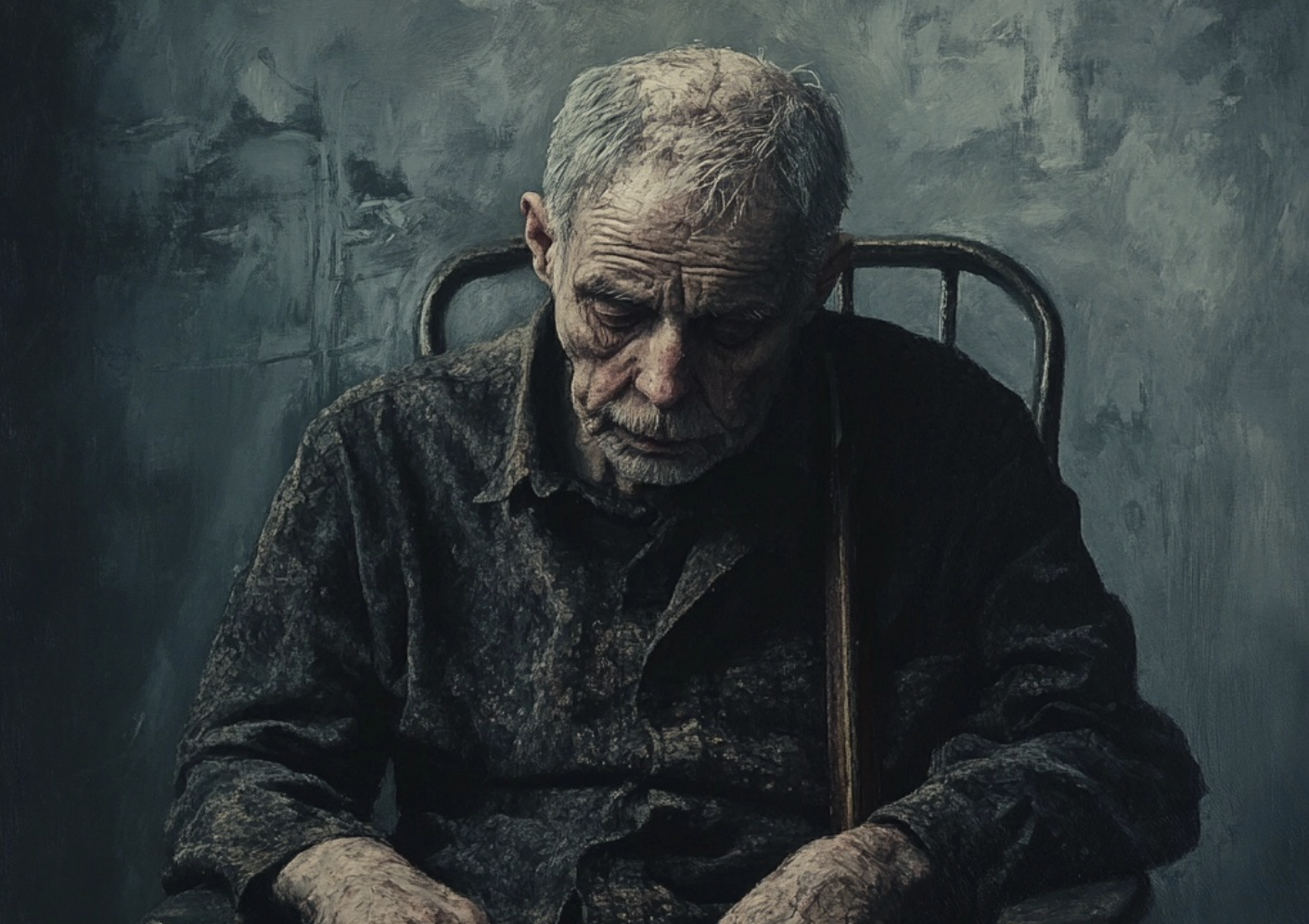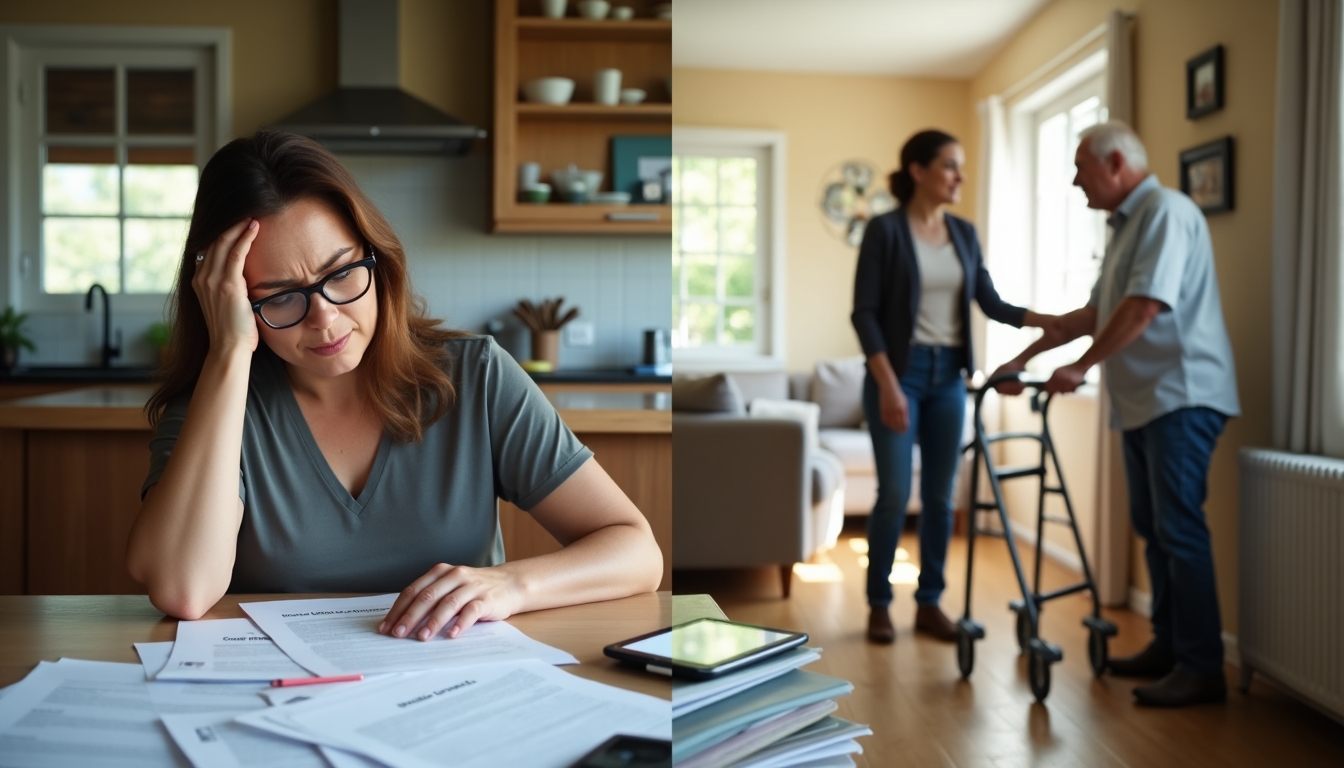Elder abuse is a serious issue affecting millions of older adults worldwide, with far-reaching consequences for individuals, families, and society. As our elderly population grows, understanding and addressing this problem becomes increasingly crucial. This article delves into the various forms of elder abuse, its prevalence, and the steps we can take to protect our seniors.
What is Elder Abuse? Defining a Growing Crisis
Elder abuse refers to intentional or negligent acts by a caregiver or trusted individual that cause harm to a vulnerable elder. It’s a complex issue that often goes undetected and unreported. According to the World Health Organization, approximately 1 in 6 older adults experiences some form of abuse in community settings annually 1.
Dr. Sarah Johnson, a geriatric specialist at the National Institute on Aging, explains, “Elder abuse is not just a personal or family problem; it’s a public health crisis that demands our attention and action.”
Types of Elder Abuse: Recognizing Different Forms of Mistreatment
Understanding the various types of elder abuse is crucial for identification and prevention. Here are the main categories:
Physical Abuse
Physical abuse involves the use of force that may result in bodily injury, physical pain, or impairment. Signs include:
- Unexplained bruises, burns, or injuries
- Broken bones or sprains
- Signs of restraint
Emotional or Psychological Abuse
This type of abuse involves inflicting mental pain, anguish, or distress through verbal or nonverbal acts. Indicators include:
- Unusual changes in behavior or sleep patterns
- Fear or anxiety around certain individuals
- Withdrawal from social activities
Financial Abuse
Elder financial abuse can take many forms, from theft of assets to manipulation of wills, often perpetrated by those closest to the victim. Red flags include:
- Unexplained withdrawals from bank accounts
- Missing valuables
- Sudden changes in financial documents
Neglect
Neglect is the failure to fulfill a caretaking obligation. It can be intentional or unintentional. Signs of neglect include:
- Untreated medical conditions
- Poor hygiene
- Lack of basic necessities like food or clean clothing
Sexual Abuse
Sexual abuse involves non-consensual sexual contact of any kind with an elderly person. Indicators may include:
- Bruising around breasts or genital area
- Unexplained sexually transmitted diseases
- Torn or bloody underclothing
Alarming Statistics on Elderly Abuse: The Scope of the Problem
Recent statistics on elderly abuse reveal a disturbing trend, with approximately 1 in 10 older adults experiencing some form of mistreatment annually. However, these numbers likely underestimate the true scope of the problem due to underreporting.
- In community settings, psychological abuse is the most common form, affecting 11.6% of elderly individuals 2.
- Financial abuse impacts 6.8% of community-dwelling older adults 2.
- In institutional settings like nursing homes, a staggering 64.2% of staff admitted to committing some form of abuse in the past year 3.
The problem is expected to grow as the global population ages. By 2050, the number of people aged 60 years and older is projected to reach 2 billion, potentially increasing the number of elder abuse victims to 320 million 3.
The Silent Crisis: Why Elder Abuse Often Goes Unreported
Despite its prevalence, elder abuse remains significantly underreported. For every case of elder abuse reported, experts estimate that 24 additional cases go unreported 2. Several factors contribute to this silence:
- Fear of retaliation from the abuser
- Shame or embarrassment
- Dependency on the abuser for care or financial support
- Cognitive impairments that make reporting difficult
“Many elderly victims fear that reporting abuse will lead to loss of independence or being placed in a nursing home,” notes Dr. Lisa Chen, a researcher at the National Center on Elder Abuse. “This fear often keeps them silent, even in the face of severe mistreatment.”
Prevention Strategies and Interventions: Protecting Our Seniors
Preventing elder abuse requires a multi-faceted approach involving individuals, communities, and institutions. Here are some effective strategies:
- Education and Awareness: Informing the public about the signs of elder abuse and how to report it is crucial. World Elder Abuse Awareness Day, observed on June 15th, plays a vital role in this effort.
- Support for Caregivers: Providing resources and respite care for family caregivers can help prevent abuse stemming from caregiver stress and burnout.
- Financial Protection: Implementing stricter oversight of financial transactions involving elderly individuals can help prevent financial exploitation.
- Community Programs: Age-friendly Health Systems (AFHS) and social support networks can help reduce isolation and create a safety net for vulnerable seniors.
- Professional Training: Healthcare providers, social workers, and law enforcement should receive specialized training in recognizing and responding to elder abuse.
Resources for Victims and Families: Where to Turn for Help
If you suspect elder abuse, it’s crucial to know how to report it and where to find support. Here are some key resources:
- Emergency Situations: If an elder is in immediate danger, call 911.
- National Elder Fraud Hotline: For cases of financial abuse, call 833-FRAUD-11 (833-372-8311).
- Adult Protective Services (APS): Each state has an APS agency that investigates reports of abuse. Find your local APS through the National Adult Protective Services Association.
- Long-term Care Ombudsman Program: For abuse in nursing homes or assisted living facilities, contact your state’s Long-term Care Ombudsman.
- National Center on Elder Abuse (NCEA): Provides resources, research, and support. Visit their website at https://ncea.acl.gov/.
Knowing how to report elder abuse is crucial for protecting vulnerable seniors and can involve contacting these local and national resources.
Expert Insights: A Case Study in Effective Intervention
Dr. Maria Rodriguez, a forensic nurse specializing in elder abuse cases, shares a compelling example of successful intervention:
“We had a case where an 82-year-old woman was being financially exploited by her grandson. A vigilant bank teller noticed unusual withdrawals and alerted APS. Through a coordinated effort involving APS, law enforcement, and healthcare providers, we were able to stop the abuse, provide support for the victim, and connect her with legal services to recover her assets. This case highlights the importance of community awareness and prompt reporting.”
Conclusion: A Call to Action
Elder abuse is a complex and pervasive problem, but it’s one we can address through awareness, prevention, and coordinated action. By understanding the signs of abuse, supporting our elderly population, and knowing how to report concerns, we can create a safer world for our seniors.
Remember, recognizing the signs of elder abuse, such as unexplained injuries, sudden changes in behavior, or unusual financial transactions, is the first step in intervention. If you suspect abuse, don’t hesitate to reach out to the resources mentioned in this article. Together, we can protect the dignity and well-being of our elders and ensure they receive the respect and care they deserve.




